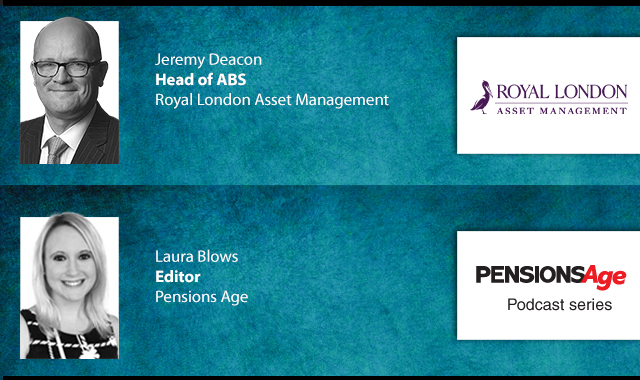Illiquid investments are likely to have materially improved net outcomes for members, analysis from Hymans Robertson has found, revealing that the average returns from these investments would have improved net returns for members by 1-2 per cent per year over the past decade.
The analysis indicated that member outcomes have largely reverted to pre-pandemic levels, although they are now under pressure from other factors, such as the war in Ukraine, the cost-of-living crisis and recent turmoil in bond markets.
Despite these challenges, the analysis found that there is a "compelling case" for bringing alternative asset classes, such as illiquid investments and private equity into default strategies, where these are expected to drive significant improvements in member outcomes.
However, it argued that, in order to unlock this potential, the race to the bottom on charges needs to stop, emphasising that the cheapest option does not always offer the greatest value.
The review suggested that over half of the commercial master trust market is already embracing the cost to value shift in some way, with many making a move towards investing in illiquids.
Given this, the provider highlighted 2023 as a "milestone year", with the authorisation of the first long-term asset fund, and more asset managers also looking to launch solutions.
Hymans Robertson head of DC investment, Callum Stewart, commented: “We need a forward-looking mindset when considering investment strategies to counter-act the effect of those pressures on member outcomes.
“Providers should also assess investment platform capabilities given the integral role these perform in facilitating access to illiquid investments. Based on our analysis, the current low charge environment is limiting the potential to materially improve outcomes.
"For example, a 10 basis points increase in charges could support a 10 per cent allocation to illiquid investments and at least a 10 per cent improvement in retirement outcomes for younger savers.
“Value and outcomes should drive decisions, not cost.”
The analysis in the report looked at the three main stages of the savings journey – growth (more than 15 years from retirement), consolidation (5 to 15 years from retirement), and pre-retirement (within 5 years of retirement).
Latest News
-
Pensions Minister tells industry to 'chillax' as mandation concerns persist
-
Pensions UK AC 25: ‘Deep behavioural insight’ needed to drive pensions engagement
-
Pensions UK AC 2025: More clarity needed on superfund capital calibration
-
Pensions UK AC 2025: Pensions industry remains divided on mandation debate
-
Pensions UK AC 2025: Emotional visibility of investments can enhance member engagement
-
ICO calls for proactive steps on cyber security; fines Capita £14m
Private markets – a growing presence within UK DC
Laura Blows discusses the role of private market investment within DC schemes with Aviva Director of Investments, Maiyuresh Rajah
The DB pension landscape
Pensions Age speaks to BlackRock managing director and head of its DB relationship management team, Andrew Reid, about the DB pensions landscape
Podcast: Who matters most in pensions?

In the latest Pensions Age podcast, Francesca Fabrizi speaks to Capita Pension Solutions global practice leader & chief revenue officer, Stuart Heatley, about who matters most in pensions and how to best meet their needs
Podcast: A look at asset-backed securities

Royal London Asset Management head of ABS, Jeremy Deacon, chats about asset-backed securities (ABS) in our latest Pensions Age podcast
© 2019 Perspective Publishing Privacy & Cookies









Recent Stories